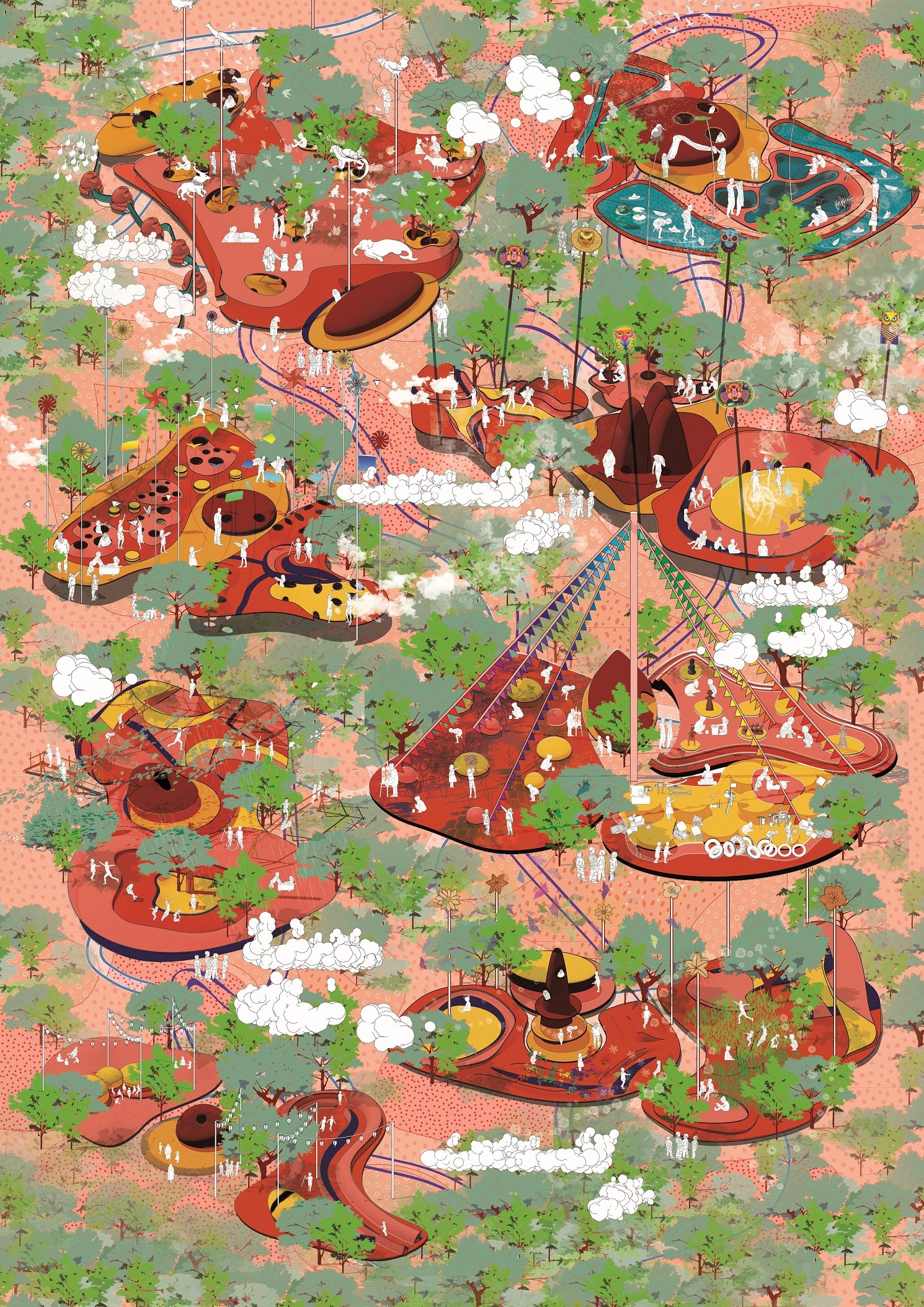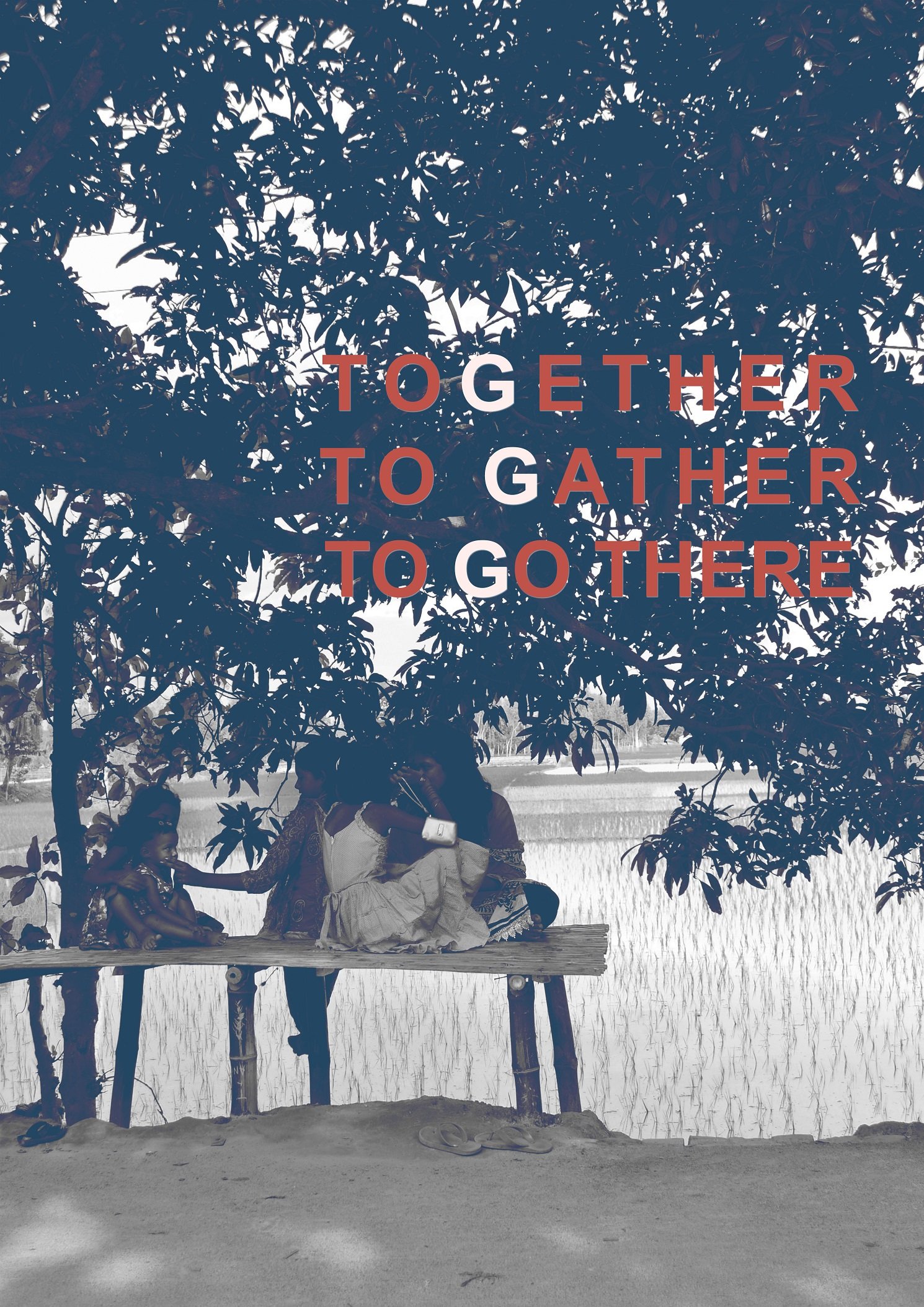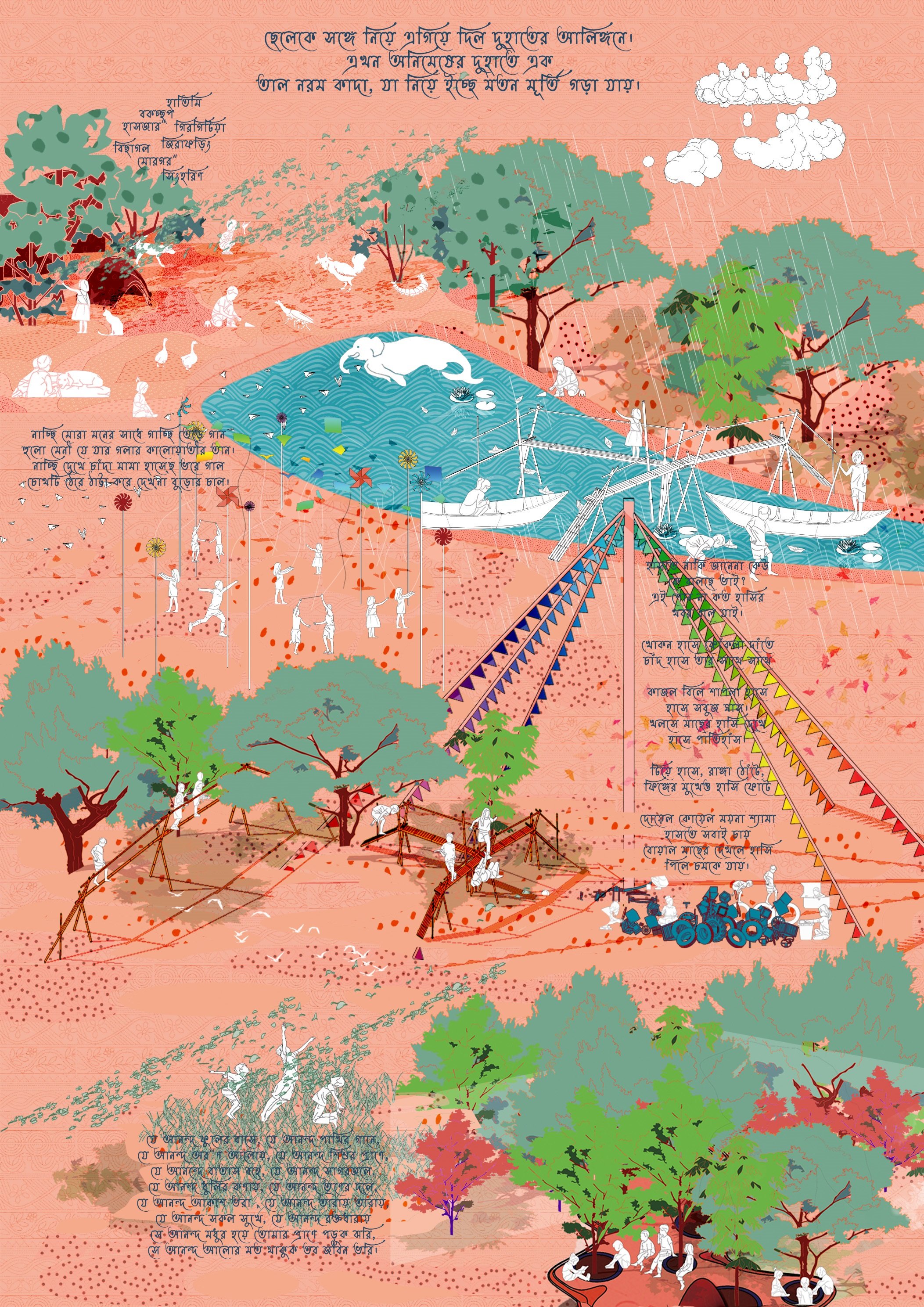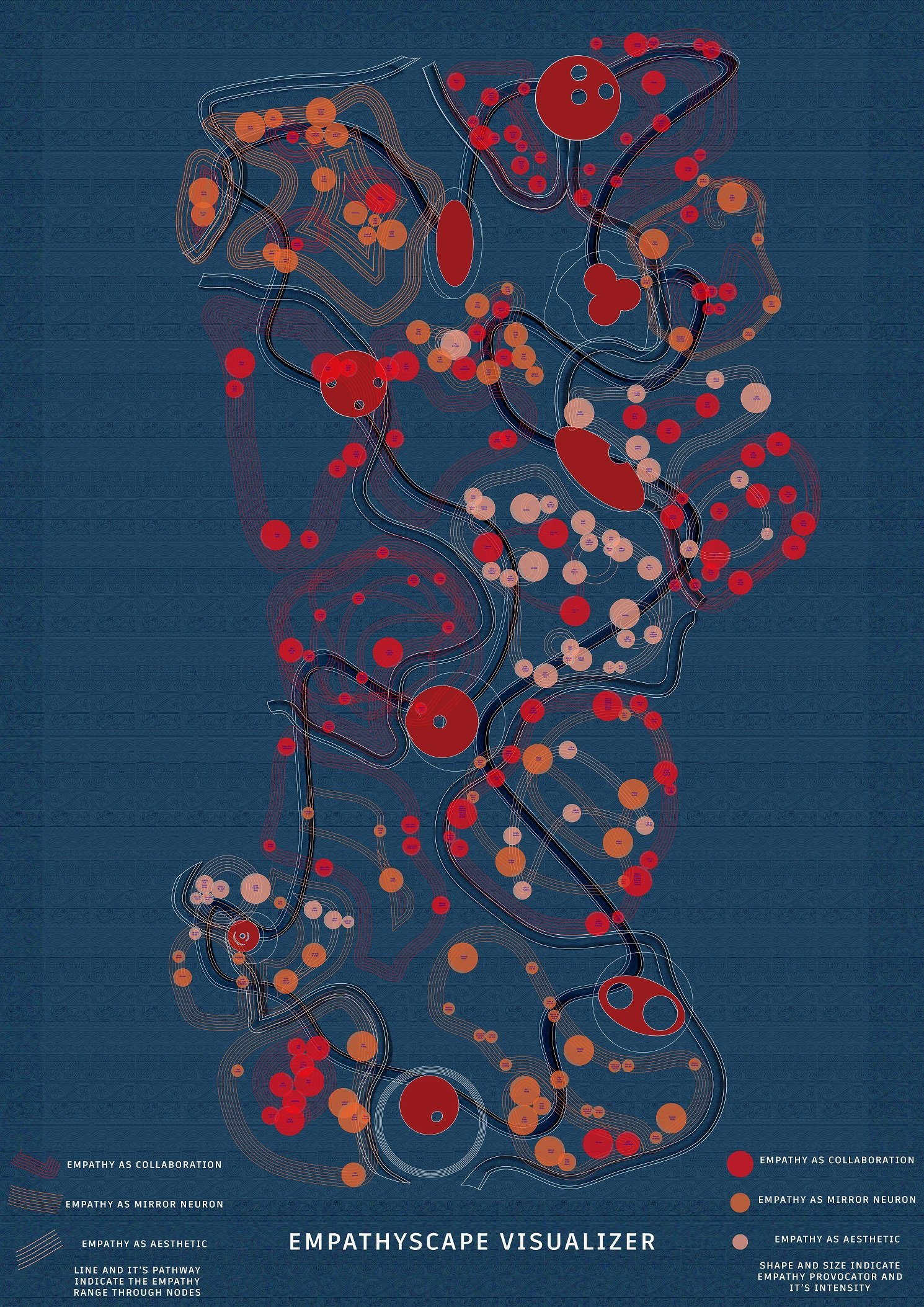
‘Empathy Playground’ by Sadia Humayra Mounata
Master of Art (2018-2020)
Dessau International Architecture Graduate School (DIA), University of Anhalt Applied Sciences, Germany
Key supervisors: Ivan Kucina
‘How will we live together?’- The question was the subject of the 2020 Venice biennial. In the context of global sustainability, climate change, refugee crisis, widening political divides and growing economic inequalities and a world where division values of nation-state and ethnic conflict are becoming more important than the survival of humankind, how will we live together in the future? The ‘together’ as human beings who now have the opportunity to connect with others across digital and real space more than ever, are becoming separated for our increasing individuality. The society, the institution, the surrounding environment encourage us to be individual rather than together and inclusion. But we need a collaborative world to face crises that require global action for us to continue living at all. And for a collaborative world, the first step is to be empathic and the emergence of an empathic civilization.
Everybody is born with empathy. Scientific discovered that, a baby is born with a mirror neuron which is the driving force of one’s understanding and response towards the other people. But when they grow up in a society through influences of parents, peers, institutes, education system or governing systems, the other drives come through like narcissism, materialism, aggression, violence, self-interest and utilitarianism. And even though they can have great empathy, in group, but not to extend to others. So it’s not only about empathy but also about extended empathy, to those who are not like them. And in an era of digital communication we have the real possibility to create long-distance empathy which can be extended to all. My research proposal is to define a program for kids which will drive them to practice empathy consciously and intentionally but not emphatically.
How do you practice empathy? The program of this project will not be predetermined by any kind of societal forces of the present world instead they will constantly evolve with collaborations towards the future. The activities will be focused on creating intentional intimacy rather than a competitive environment. They will enhance emotional intelligence rather than skills. They will develop mental flexibility than book learning. Rather than giving them a physical reward, gratitude as expression will be a form of reward for accomplishment. This complex relation among all the activities and with their attributes will form a spatial generator which will focus on empathy as mirror neuron, aesthetics and most importantly collaboration. And among the attributes, the primary one will be ‘together’ and as follows.
The ‘functions’ in architecture are predetermined by the society and culture which encourage the people to nourish their other drives and practice the external codes of different closed groups. The evolving functions or the emerging functions are all based on the past situation. If a program is the vessel of practicing empathy through collaborative approaches, its activities and attributes have the primary focus to enhance emotional intelligence, develop mental flexibility and create intimacy intentionally, then maybe this can be a step to develop a collaborative and more resilient society.
In the context, Dhaka city, this new playground is a space for nothing and everything for children. A free-land of interaction and possibilities. Whatever you do, the trick is to spend time there, you can do nothing, or you can do whatever you want. The playground can be considered as a journey in undulated landscape. It’s a tale of a traveler where children are the traveler. Completing Journey alone inspires great emotion, and you might find other travelers along the way for a more special experience. The journey randomly and frequently connects them with another traveler at different points and together with others.
Sadia Humayra Mounata / Master of Art / DIA / 2018-2020
Sadia Humayra Mounata is a researcher and speculative designer practicing her alternative realities through different approaches and scales, from detail to speculative world building, that can generate innovations and projections for future wellbeing in the face of converging crises and wicked problems.
She is a recent graduate from DIA (Dessau International Architecture) in University of Anhalt Applied Sciences, Germany. She completed her B.Arch. from Bangladesh University of Engineering and technology. After completing her Bachelor, she was involved in academic research and education, and also the practice field in collaboration with native architecture consultancy firms.
urban design, speculative design, speculative methodology, mental mapping







